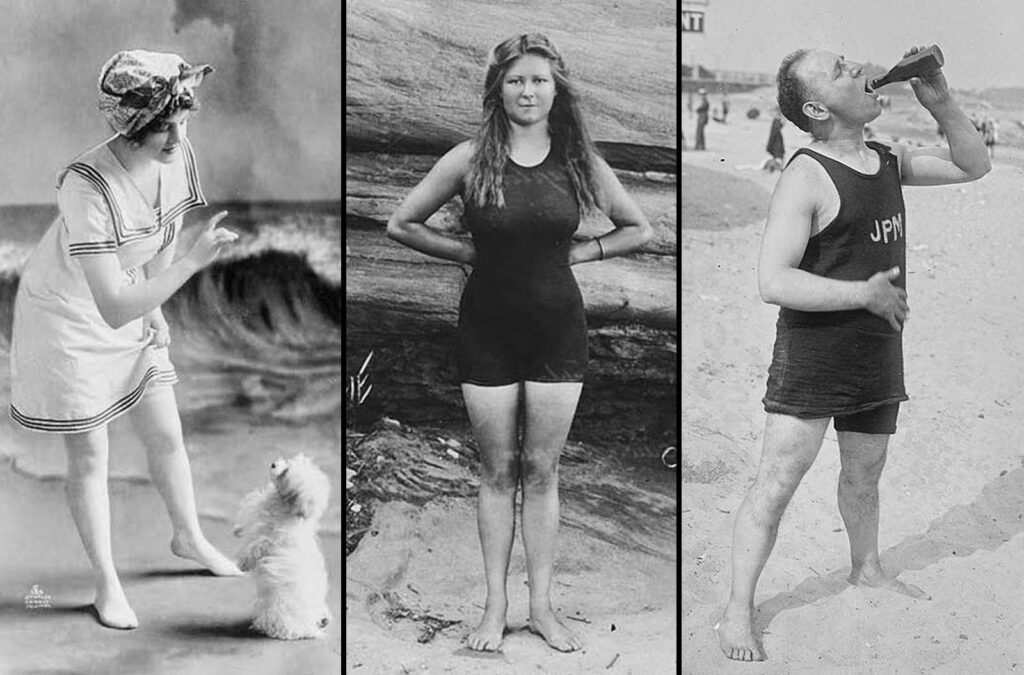
In the 20th century, swimwear evolved dramatically as fashion trends quickly changed and the Victorian era’s constrictive rules gave way to fresh ideas of freedom and utility.
Mirroring the fashion worn by males and subsequently guiding the simplified designs used in the first years of the Olympic Games, early in the century one-piece swimsuits became common wear for women.
These suits, with their aerodynamic form and snug fit, proved especially successful in competitive sports.

Though it looked very different from the modern bikini, the two-piece swimsuit debuted in 1913.
The garment’s transparent character when wet prevented it from becoming widely popular until later in the century, however its unique design nevertheless gave notable coverage of the midsection.

The 1920s and 1930s were a major turning point as society tastes moved from only “taking in the water” to “taking in the sun.”
Bathhouses and spas developed became gathering places for society, and swimsuit designs changed from essentially utilitarian clothing to works with beautiful aspects.
Although rayon was used in the 1920s to create form-fitting swimsuits, its lack of durability when wet posed problems, hence occasional usage of jersey and silk as substitute materials was necessary.
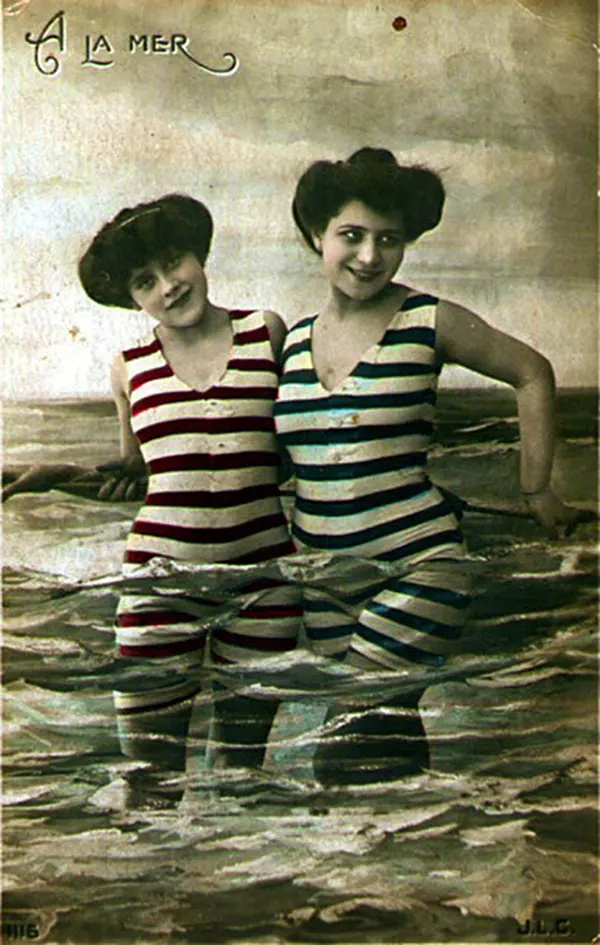
Men’s swimwear also underwent a noteworthy transformation by the 1930s.
By the end of the 1940s, shirtless swimming was becoming more and more popular; even in competitive competitions, male swimmers would dress just according to public decency standards.
Other sports as professional boxing and wrestling, where a bare-chested appearance became the standard, also followed this trend towards little coverage.
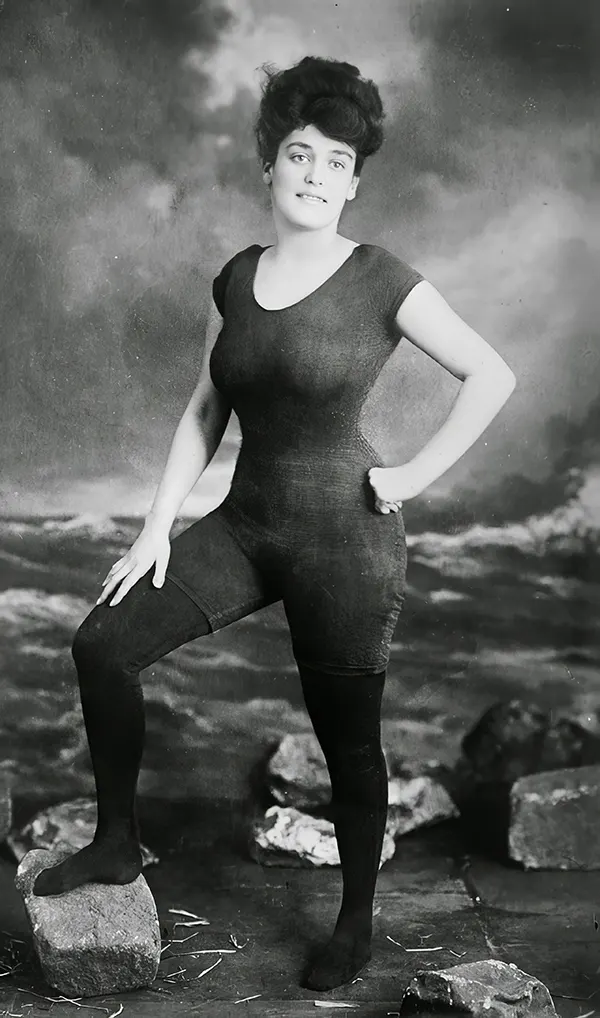
Important design changes occurred throughout the 1930s: side panels were eliminated to produce a more contoured fit, necklines dropped drastically at the back, and sleeves disappeared.
New materials like latex and nylon also helped to drive this trend; swimsuits started to hug the body and have movable shoulder straps that let tanning possible.
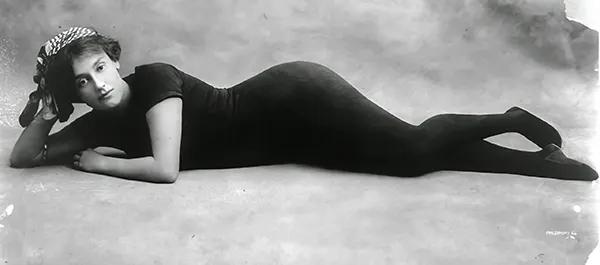
During this age, influential designers also made their imprint on swimwear. While French designer Madeleine Vionnet unveiled an evening gown with an exposed midriff in 1932, a design that soon found use in the movie Gold Diggers of 1933, Coco Chanel popularised the suntan as a stylish feature.

By removing the side panels of a maillot-style bathing suit, American designer Claire McCardell improved swimwear design in 1935 and helped to create the contemporary bikini.
Designed from shirred elastic cotton, the Telescopic Water suit in 1938 marked the end of wool as the preferred fabric; by 1939, cotton sun-tops embellished with palm tree motifs, plus silk or rayon pyjamas usually matched with a shirt, had become popular.
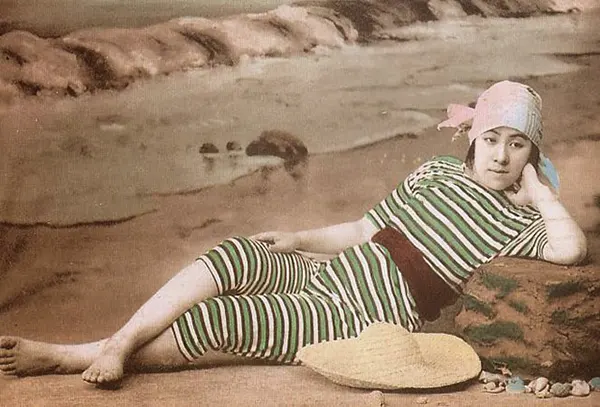
Competitive swimwear also changed somewhat at this time. Although swimmer Clare Dennis almost was disqualified at the 1932 Olympics due to a Speedo racerback silk suit that exposed the shoulder blades, this design gained acceptance by 1936.
Men’s swimwear also changed; bare-chested suits were accepted in 1936 and brief-style suits became the standard by the 1948 Olympics.
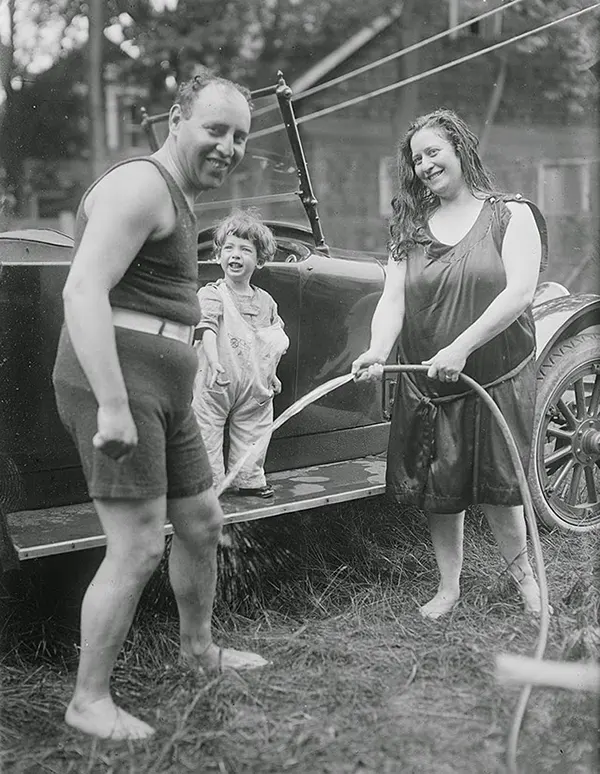
The demands of World War II also affected swimsuit design. A directive to cut the fabric used in women’s swimwear by 10% was given to help to preserve limited supplies of cotton, silk, nylon, wool, leather, and rubber.
Though one-piece suits still dominated the market, this limitation resulted in designs that revealed more of the midriff, a change popularized by the pin-up and glamour photographs of the era.

Men and a woman with bathing machines in shallow water at a beach, ca. 1913.
As both competitive and leisure swimwear developed in the 1950s, patterned swimsuits became extremely fashionable.
More simplified, form-fitting designs were made possible by innovations in fabric technology with the launch of Lastex and other nylon advancements.
Men’s swimwear started to show more of the body as well; Speedos became a preferred style and signaled a clear turn towards modern swimwear aesthetics.
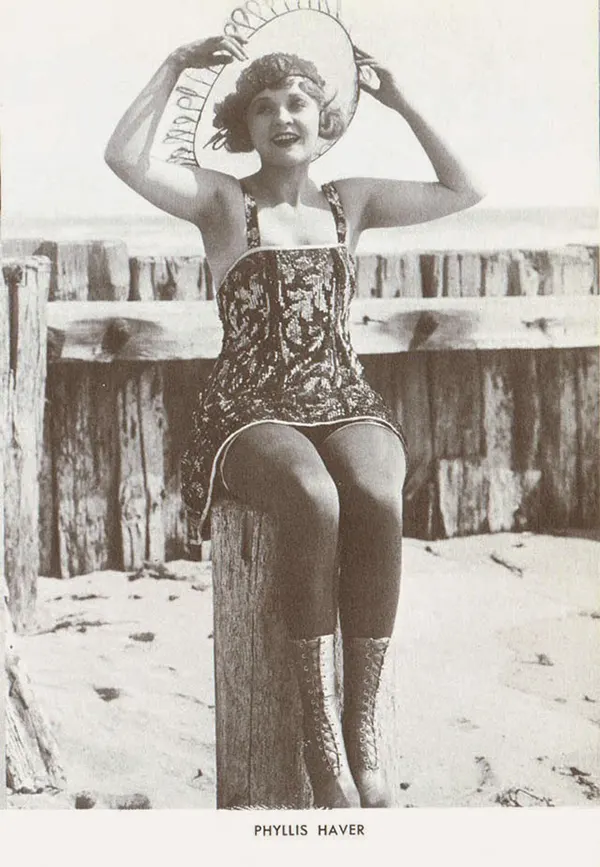
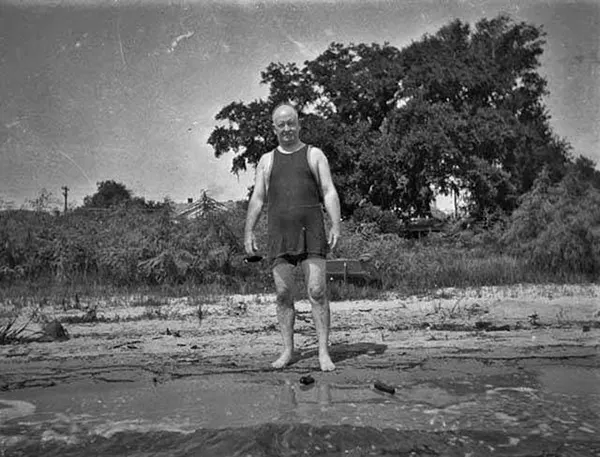
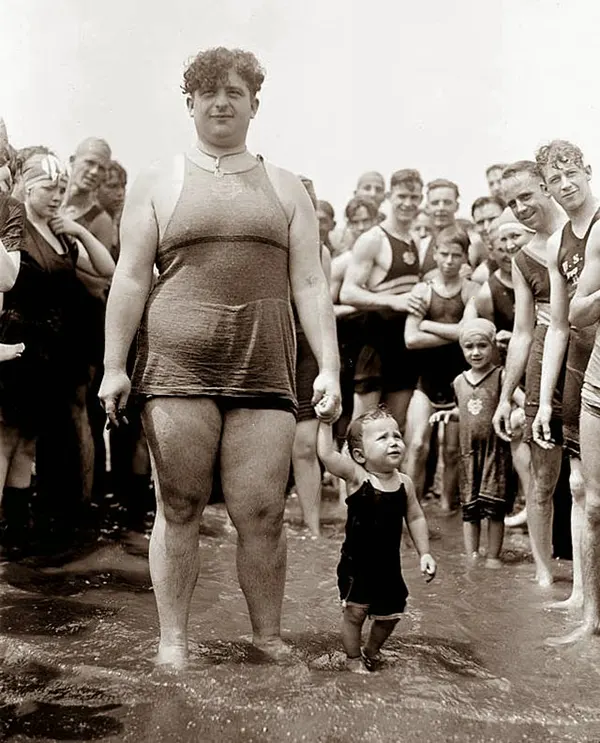
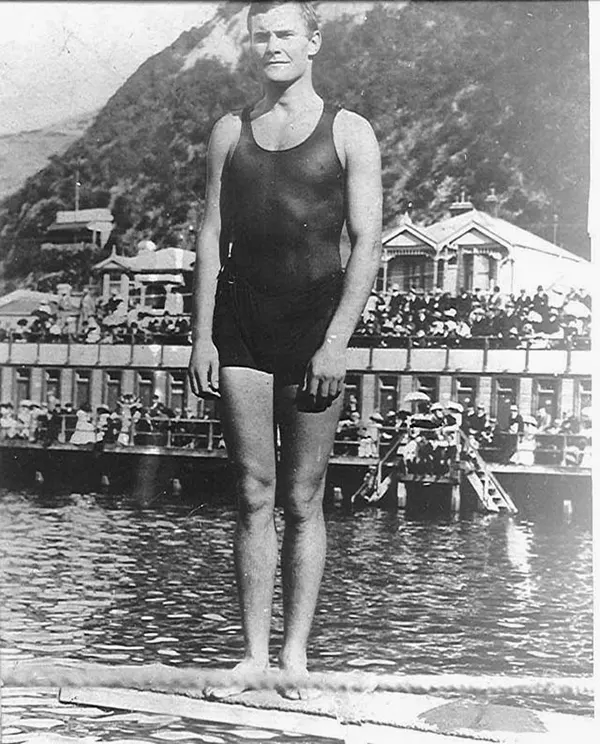
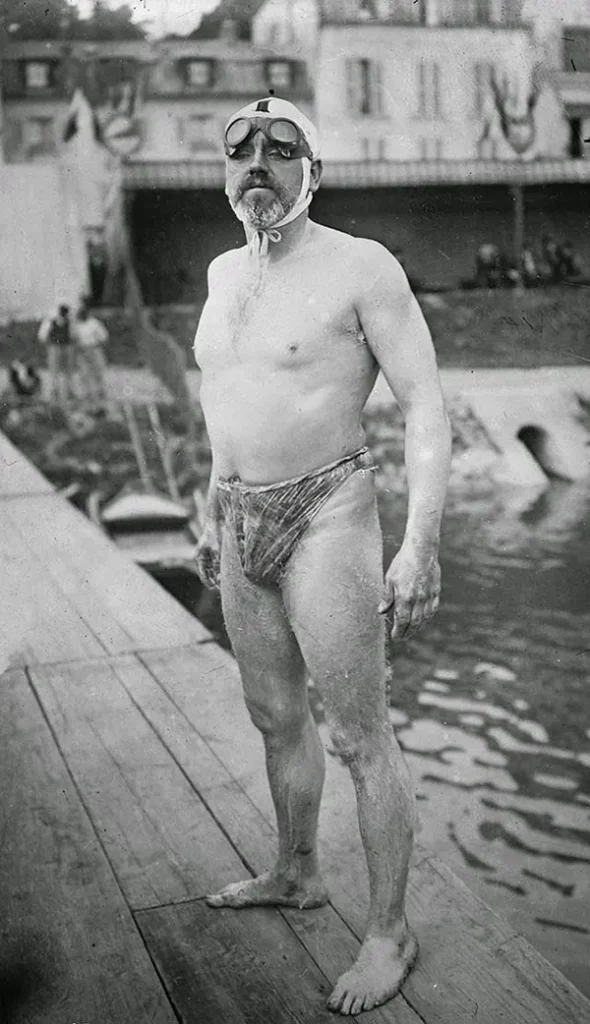

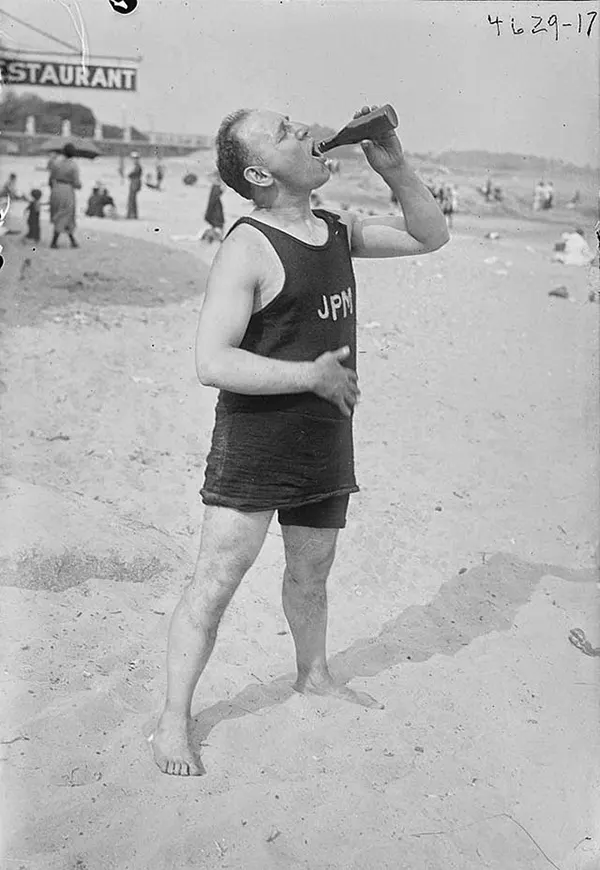
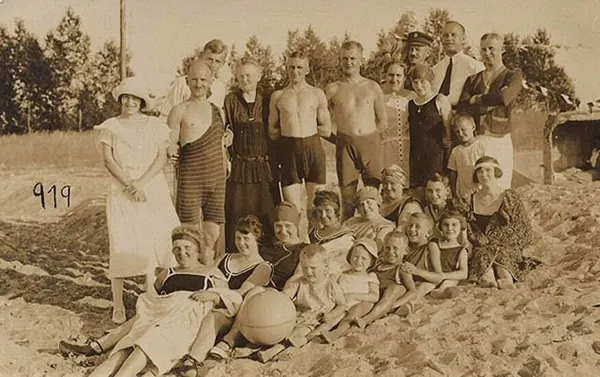
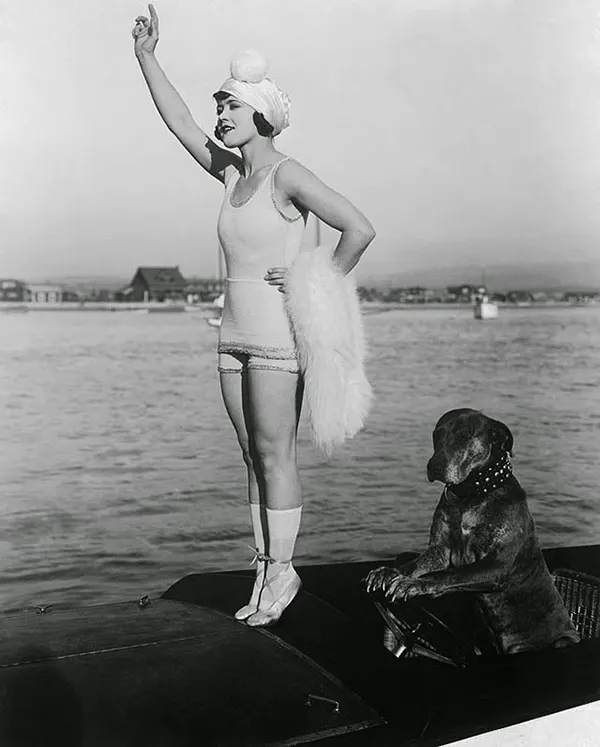
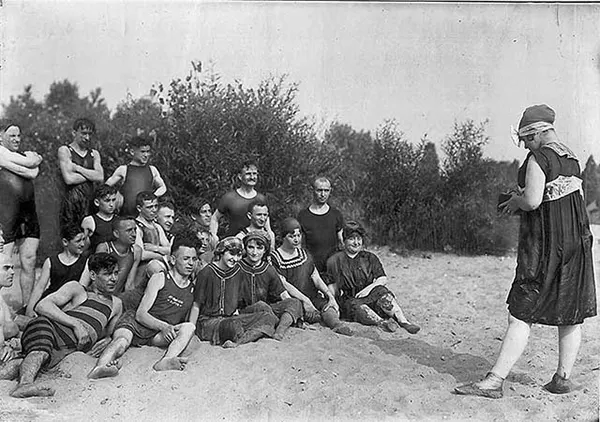
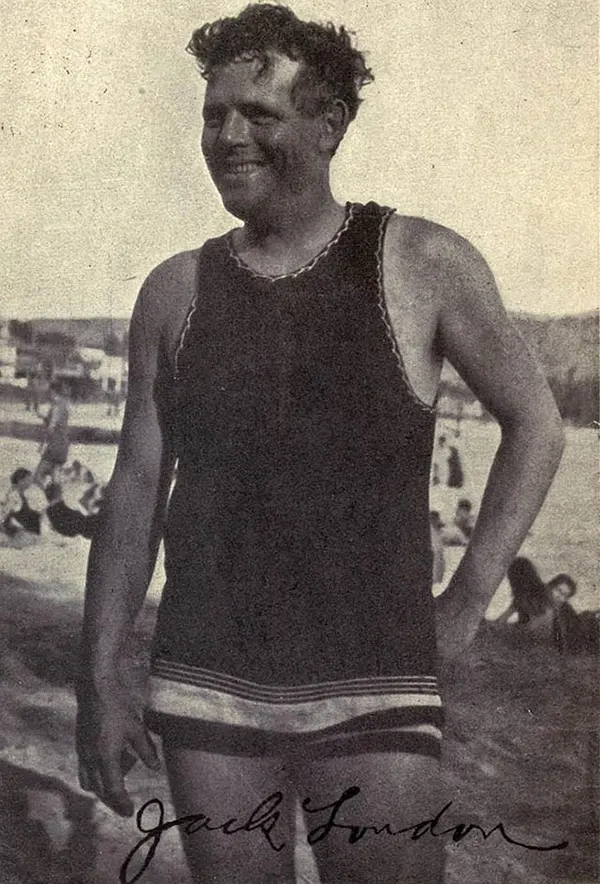
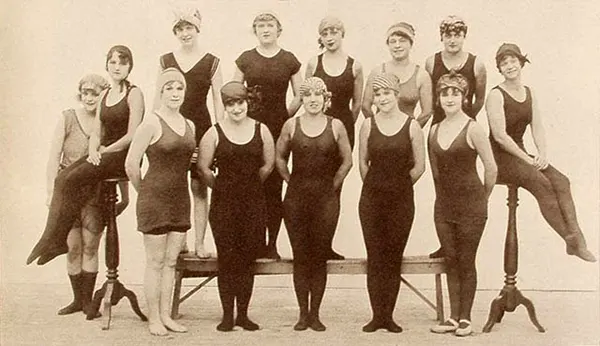
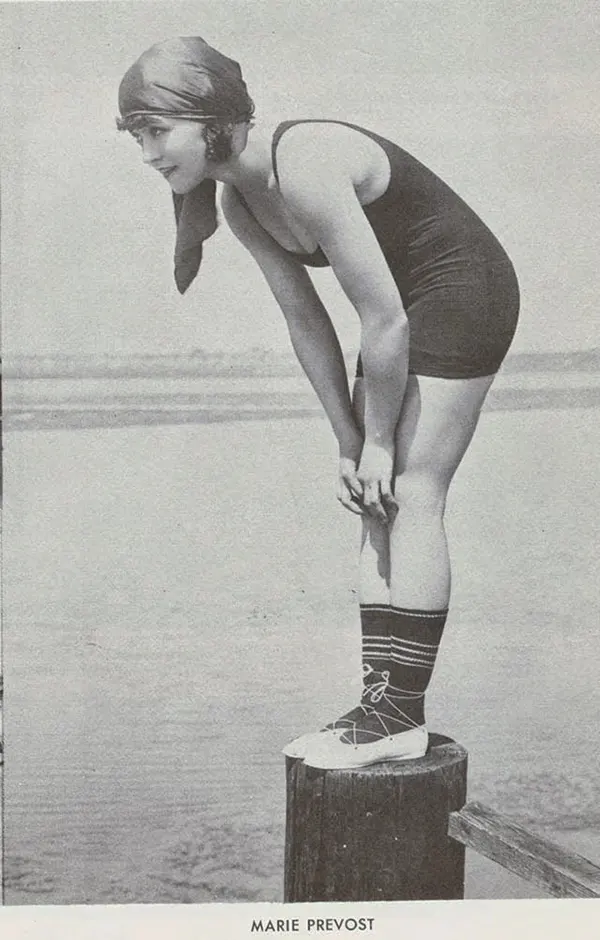

Image of Mina Wylie, Dutch swimmer, Olympic silver medalist in 1912.
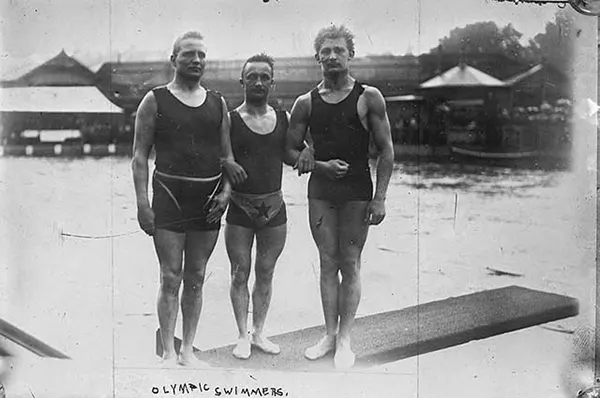
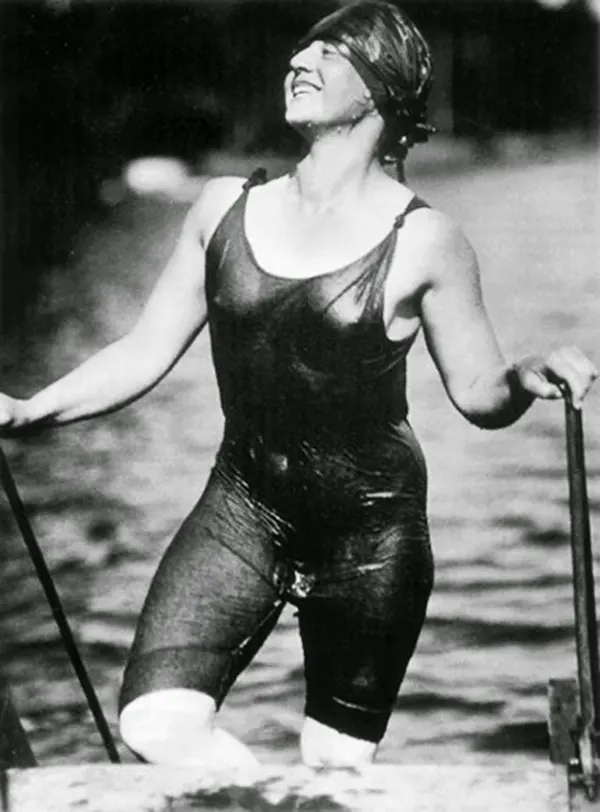
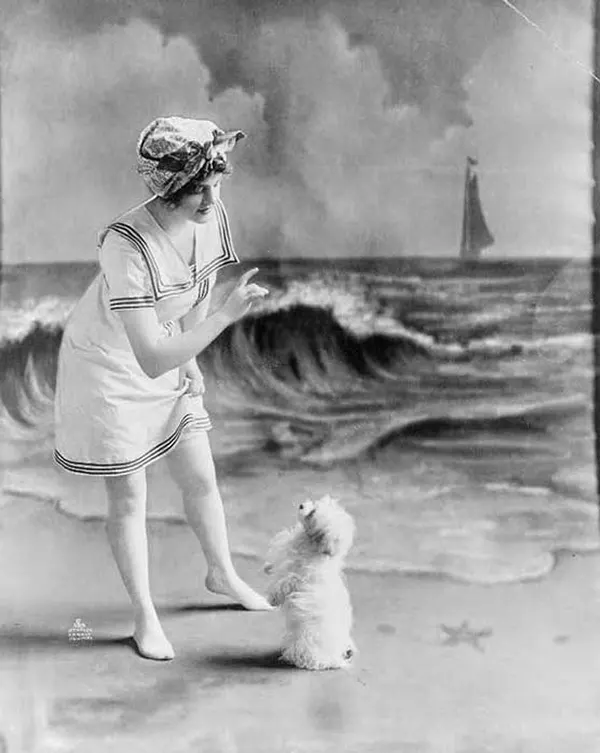
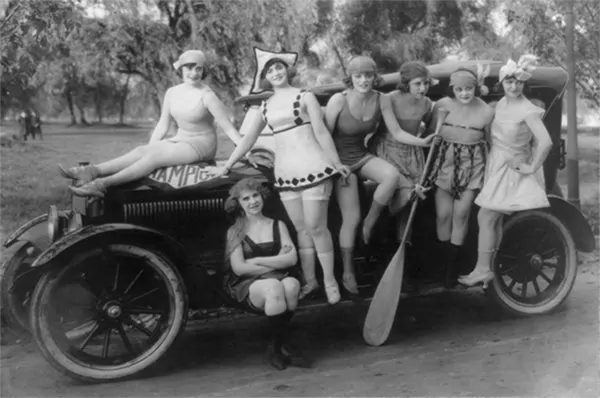
(Photo credit: Wikimedia Commons / Flickr via David Weissmane with permission / Enhanced and upscaled by RHP).



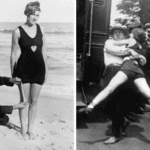
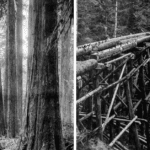
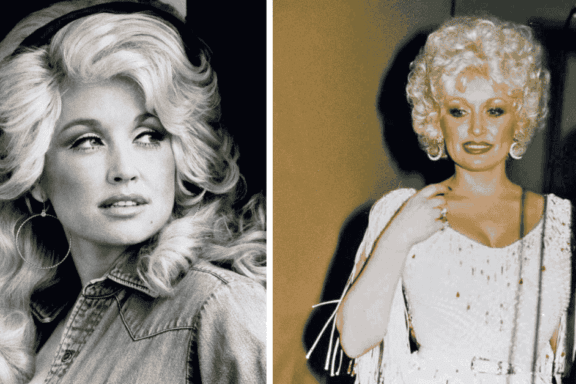

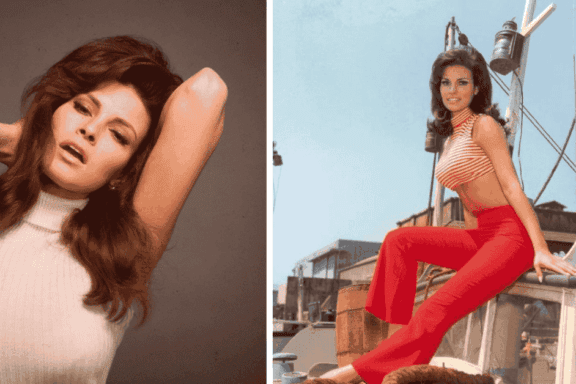
No Comments